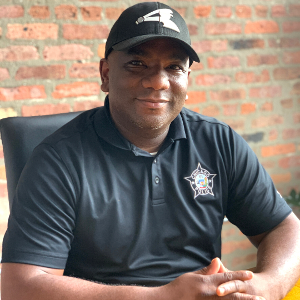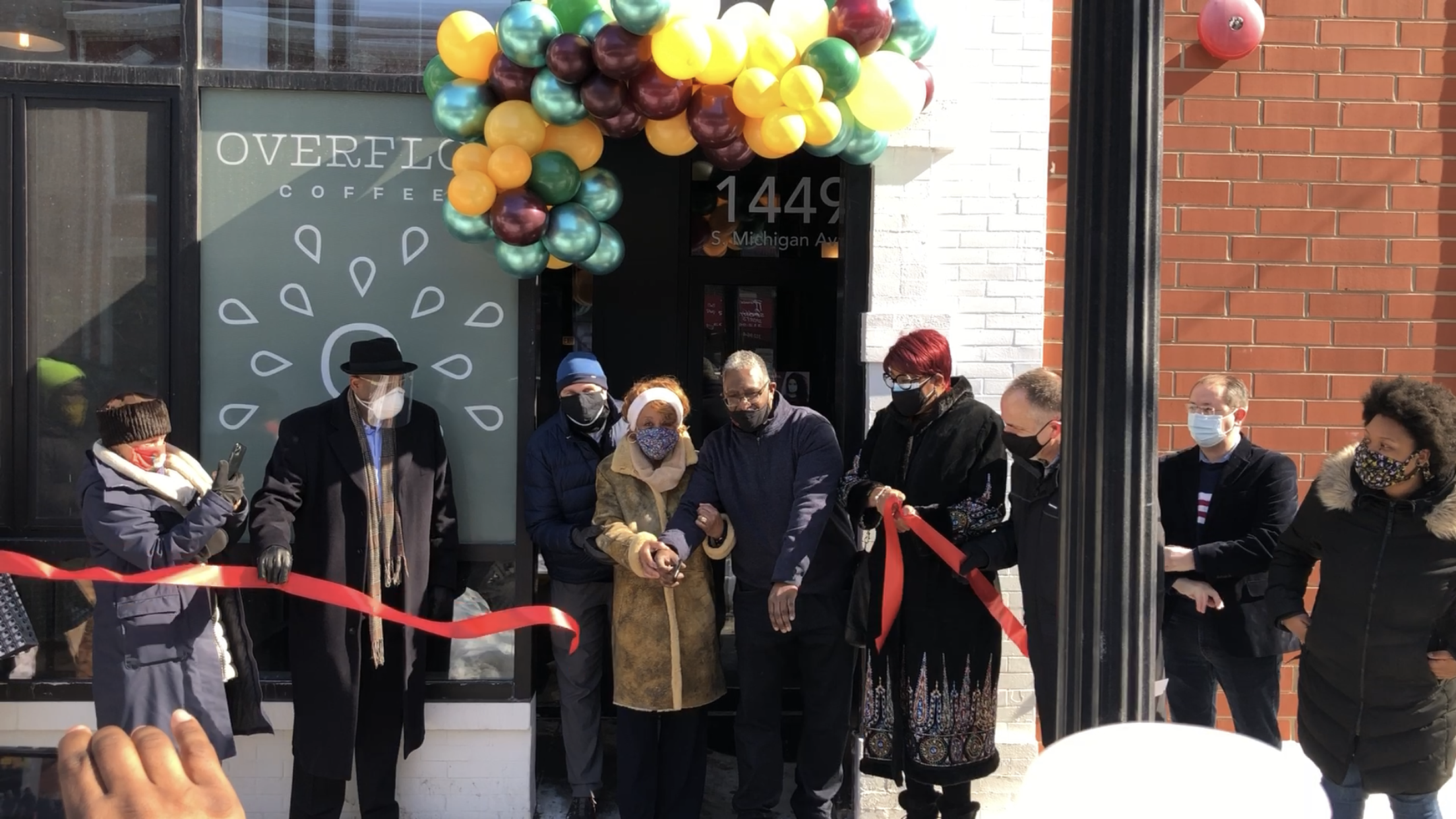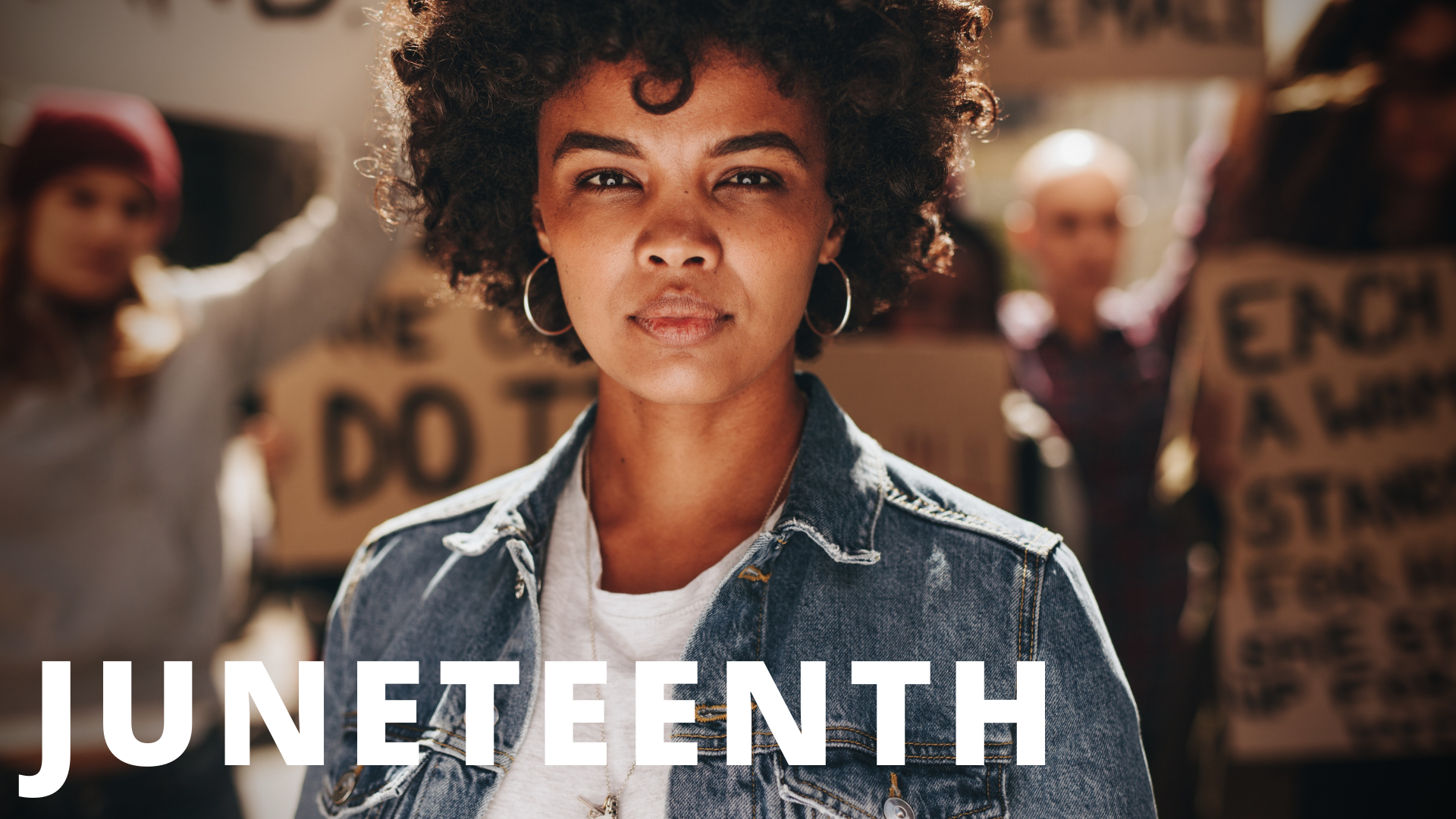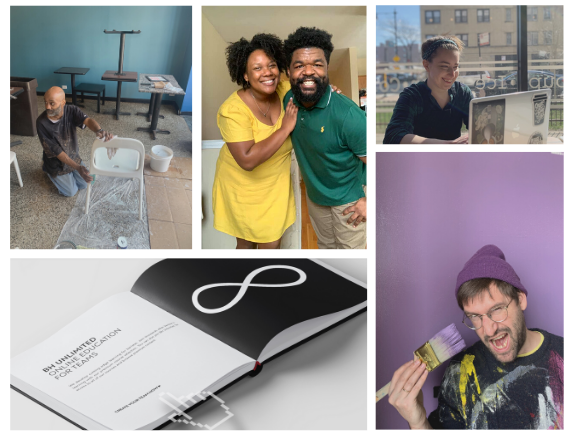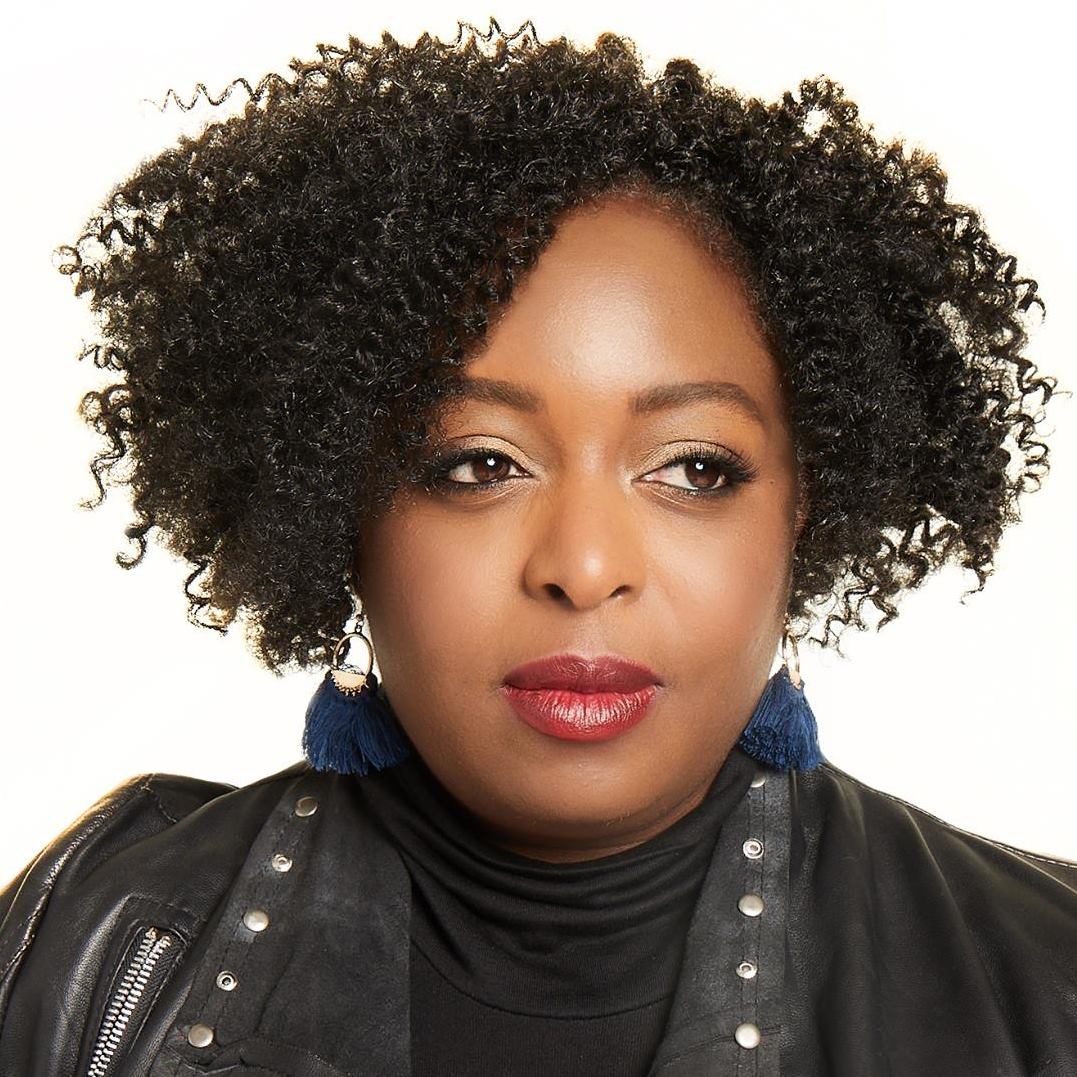Mox.E Member Spotlight
Zach and Brotherhood Mentoring
Zachary Strother, MA., has been teaching, mentoring, and training young people for over 20 years. Zach has been both a public and private school teacher, founded a Christian School, worked with the renowned Youth Guidance Becoming a Man clinical counseling program, and currently works as an officer with the Chicago Police Department. Zach serves on several advisory boards, providing strategic consulting in the area of reengaging youth in work and school.
Zach recently founded BROTHERHOOD MENTORING, a faith-based, trauma-informed mentoring and team collaboration program that promotes social, emotional, and spiritual growth in urban youth. Brotherhood Mentoring targets youth ages 11-17 who are referred by teachers, counselors, police officers, pastors, or other youth-serving professionals as being at-risk of not reaching their full potential due to challenges at home, school, or in their neighborhood. Brotherhood addresses relationship skills, responsibility, and decision-making related to personal life, educational success, and manhood. Statistics show that youth who have a mentor are 50% more likely to attend college, 46% less likely to abuse drugs, and 130% more likely to hold leadership positions.
Zach founded Brotherhood due to the difference mentoring made in his own life and the lives of his closest friends. “Growing up in a violent neighborhood, our lives were shaped by mentors who spent time with us, shared with us the Gospel, taught us responsibility, modeled love of neighbor, and showed us how to be husbands and fathers.”
Brotherhood Gym Shoe Ball: July 23
OVERFLOW COFFEE REOPENS IN SOUTH LOOP
A SPACE TO PROSPER
Overflow Coffee held its Grand Opening Feb 2021 during Black History Month, nearly two years after turning off the espresso machine in the former State Street location. Many obstacles and delays kept us from relaunching in our new space sooner. Still, we overcame them all to open during Black History month in a historic building with a rich history of Black excellence.
Overflow reopened at 1449 S Michigan Ave–the former headquarters of Vee-Jay records. This Black-owned record company made a space for Black talent to prosper in the white-dominated music industry in the 50's and 60's. Pictured on the shop's back wall is the original Vee-Jay executive team: James Bracken, Ewert Abner, Vivian Carter-Bracken, and Calvin Carter, who initiated Vee-Jay Records' rise to acclaim. Overflow Coffee is proud to call this historic location home and honor Vee-Jay Records' legendary contribution to the music industry throughout the space.
Now more than ever, Overflow Coffee exists to push away the social stigmas of our generation and propel today's people—artists, visionaries, and entrepreneurs, alike—to greater heights by welcoming them with a seat at the table, a cup of coffee, and a space to simply be. To belong, regardless. This is Overflow Coffee, a space to prosper.
Budgeting for Sustainability
“How are you making it?” This was the question posed to me by a colleague and nonprofit leader during COVID. My reply was simple, “I’m looking to grow and expand our [Entrenuity’s] reach.” My colleague went on to explain that much of his programming revenue was beginning to slow down. Programs such as tutoring, mentoring and summer camps—his primary revenue drivers—were being put on hold, as COVID19 social-distancing guidelines severely limited his cash flow. Cash is king any business, but especially in nonprofits. Without the revenue for his programs, his organization’s very existence is in question. The mindset of simply making it, is simply not enough.
Many in the nonprofit industry build organizations on programs that are not profitable. I know it may seem sacrilegious to speak in terms of nonprofits generating “profits,” but a mindset shift is needed for nonprofits to create sustainability, especially as donations to nonprofits have been decreasing, even prior to COVID19¹. Most nonprofits that are service based, create programs to solve a problem. To operate the program, they write a proposal, create a budget, and then seek a funding source to fund/underwrite their program. Often after many laborious hours of searching for a funder(s) and submitting proposals, they either:
a: find a donor(s) to launch the program,
b: do not launch the program at all, or
c: launch the program regardless of whether the funding has been secured.
Simply making it, is simply not enough.
As many in the nonprofit space know, often nonprofits elect option c—since the need is so compelling and we hope to identify donors while operating the program. This is a classic nonprofit mistake that strains the organization’s financial, human, and operational resources. This model results in less than stellar outcomes and programs that are subpar in execution and delivery—and consumes staff resources. It can feel like “making bricks without straw.” I believe there is a better way to improve outcomes: Programming Markup Creates Organizational Sustainability.
When building a program budget, staff salaries is typically the highest expense. Most nonprofits do not build their programmatic budget models to account for this expense beyond the staff’s hourly rate. Even if a staff person is on salary, it is necessary to determine their hourly rate. However, there are expenses in addition to that rate the organization must account for, such as overhead and administrative costs. Not factoring these expenses into programmatic budgets leaves organizations vulnerable to being under-resourced and leads to instability.
To illustrate this principle: consider operating an after-school mentoring class with one staff person assigned to the program. The hourly rate for the staff member providing the direct instruction is $20.00 per hour and the program requires 100 hours of direct services. By multiplying the hourly rate of $20.00 per hour by the 100 hours of direct instruction, the direct instruction cost is $2,000. However, to reflect the true cost, you must include more than the staff person’s hourly rate in your budget, as the actual cost to the organization can include payroll taxes, benefits, administrative and overhead expenses. By budgeting the staff person’s hourly rate plus at least a 35% increase to account for the other expenses, the hourly instruction cost is $27.00 per hour. Therefore, in the program budget, the staffing budget should increase from $2,000 to $2,700. Now there is an added $700 to cover costs. Factoring in the added expenses helps build sustainability.
By managing expenses and keeping costs down, the added funds earned from a well-executed program can be used to help the organization meet expenses, create sustainability, and build reserves, along with rewarding staff with annual bonuses for well planned and executed programs. Under budgeting lessens the likelihood of success and organizational stability.
_____
¹Paul Clolery News September 5, and Paul Clolery. “Fundraising, Number of Donors Plunging.” The NonProfit Times, www.thenonprofittimes.com/fundraising/fundraising-number-of-donors-plunging/.
History of Juneteenth
www.juneteenth.com/history.htm
"Juneteenth is the oldest nationally celebrated commemoration of the ending of slavery in the United States. Dating back to 1865, it was on June 19 that the Union soldiers, led by Major General Gordon Granger, landed at Galveston, Texas with news that the war had ended and that the enslaved were now free. Note that this was two and a half years after President Lincoln’s Emancipation Proclamation– which had become official January 1, 1863 . The Emancipation Proclamation had little impact on the Texans due to the minimal number of Union troops to enforce the new Executive Order. However, with the surrender of General Lee in April of 1865 , and the arrival of General Granger’s regiment, the forces were finally strong enough to influence and overcome the resistance.
One of General Granger’s first orders of business was to read to the people of Texas, General Order Number 3, which began most significantly with:
"The people of Texas are informed that in accordance with a Proclamation from the Executive of the United States, all slaves are free. This involves an absolute equality of rights and rights of property between former masters and slaves, and the connection heretofore existing between them becomes that between employer and hired laborer."
The reactions to this profound news ranged from pure shock to immediate jubilation . While many lingered to learn of this new employer to employee relationship, many left before these offers were completely off the lips of their former 'masters'–attesting to the varying conditions on the plantations and the realization of freedom. Even with nowhere to go , many felt that leaving the plantation would be their first grasp of freedom. North was a logical destination and for many it represented true freedom, while the desire to reach family members in neighboring states drove some into Louisiana, Arkansas and Oklahoma. Settling into these new areas as free men and women brought on new realities and the challenges of establishing a heretofore non-existent status for Black people in America.
Recounting the memories of that great day in June of 1865 and its festivities would serve as motivation as well as a release from the growing pressures encountered in their new territories. The celebration of June 19 was coined "Juneteenth" and grew with more participation from descendants. The Juneteenth celebration was a time for reassuring each other, for praying and for gathering remaining family members. Juneteenth continued to be highly revered in Texas decades later, with many former slaves and descendants making an annual pilgrimage back to Galveston on this date.
Juneteenth today, celebrates African American freedom and achievement, while encouraging continuous self-development and respect for all cultures . As it takes on a more national, symbolic and even global perspective , the events of 1865 in Texas are not forgotten, for all of the roots tie back to this fertile soil from which a national day of pride is growing." 1
__________
For more information, check out:
1 JUNETEENTH WORLD WIDE CELEBRATION, www.juneteenth.com/history.htm.
The Common Cup and COVID19
As the impact of Covid19 ricochets around the world, workers and businesses everywhere struggle to adjust. Globally, stories of tragedy and triumph dishearten us and lift us all. Locally, Chicago residents shelter-in-place and all but essential workers stay home–some adapting to working remotely and others adapting to not being able to work at all. Amid this quieter-than-usual city sits a small coffee shop in the Rogers Park Neighborhood–the Common Cup.
Under the leadership of Café Manager, John Pendleton, the Common Cup remained open for the past three weeks (though at reduced hours), for pick-up and delivery orders only–because we all know coffee is essential! The few staff who were not dependent on their pay (such as college students who had to return home), voluntarily gave up their hours to staff with greater needs. Work that was planned to be outsourced at a later date became immediate staff projects according to available skillsets. A barista skilled with a paintbrush? The whole shop has been repainted. A barista who does web design? The shop finally has a website! A barista with some electrical skills who loves a good sound system? The shop had new speakers installed. A Café Manager with woodworking skills? The bar’s been redesigned, sanded and finished for a new look. AND the entire shop got a deep clean from corner to corner, including the chairs getting scrubbed an entire shade lighter.
The on and off-site projects (performed with appropriate social distancing practices), reduced pick-up hours, and new delivery services, enabled the staff to maintain their average work hours and paychecks for the past three weeks of state mandated shelter-in-place, making a huge difference for each of them. For this week and next, expected to be the peak of the virus spread in Chicago, the shop will be closed completely. However, the entire team has been enrolled in Barista Hustle and will still be able to maintain their average hours, as well as gain valuable training and certifications by taking online courses.
We are grateful for our coffee professionals, Director, Kari Pendleton, and Café Manager, John Pendleton, who lead and care for our coffee team so well, as well as provide excellent product/service for the community. We are also grateful for the extended Entrenuity family, friends and investors, who have positioned Entrenuity in such a way that we can continue to serve, offering much needed solutions to entrepreneurs and small businesses during these unprecedented times, as well as provide for our own employees. To God be the Glory.
Kimberly Bryant: Black Girls Code
Changing the Face of TechnologyKimberly Bryant is the Founder and CEO of Black Girls CODE, a non-profit organization dedicated to “changing the face of technology” by introducing girls of color (ages 7-17) to the field of technology and computer science with a concentration on entrepreneurial concepts.
"When I was first introduced to computer programming, as a freshman in Electrical Engineering, Fortran and Pascal were the popular languages for newbies in computing and the Apple Macintosh was the new kid on the block. I remember being excited by the prospects, and looked forward to embarking on a rich and rewarding career after college.
But I also recall, as I pursued my studies, feeling culturally isolated: few of my classmates looked like me. While we shared similar aspirations and many good times, there’s much to be said for making any challenging journey with people of the same cultural background.
Much has changed since my college days, but there’s still a dearth of African-American women in science, technology, engineering and math professions, an absence that cannot be explained by, say, a lack of interest in these fields. Lack of access and lack of exposure to STEM topics are the likelier culprits.
By launching Black Girls Code, I hope to provide young and pre-teen girls of color opportunities to learn in-demand skills in technology and computer programming at a time when they are naturally thinking about what they want to be when they grow up.
That, really, is the Black Girls Code mission: to introduce programming and technology to a new generation of coders, coders who will become builders of technological innovation and of their own futures.
Imagine the impact that these curious, creative minds could have on the world with the guidance and encouragement others take for granted.
I have, and I can’t wait!"
Black Girls CODE has set out to prove to the world that girls of every color have the skills to become the programmers of tomorrow. By promoting classes and programs Black Girls Code hopes to grow the number of women of color working in technology and give underprivileged girls a chance to become the masters of their technological worlds.
Kimberly has been nationally recognized as a thought leader for her work to increase opportunities for women and girls in the technology industry and has received numerous awards for her work with Black Girls CODE.
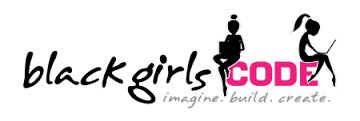
article credit: blackgirlscode.com, linkedin.com


